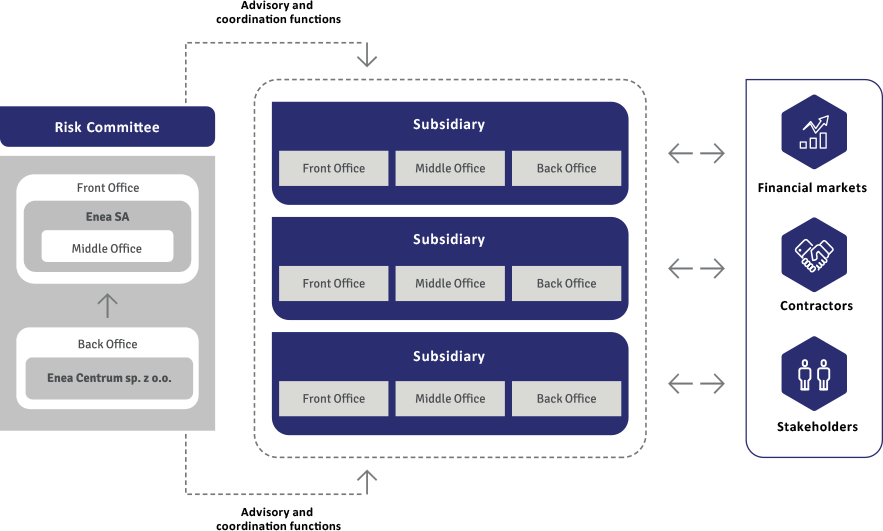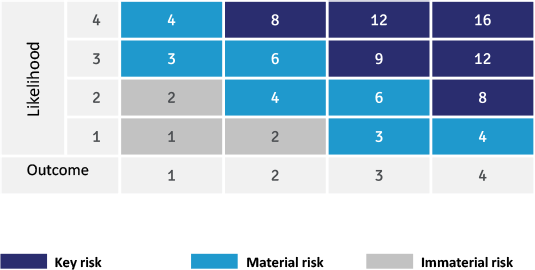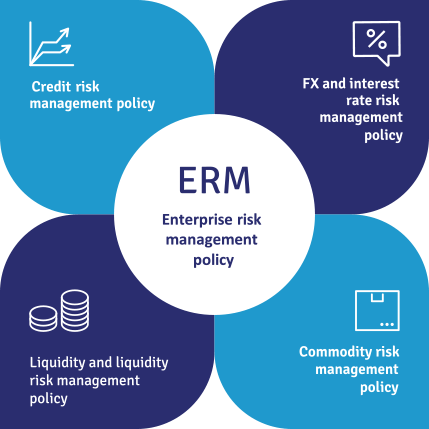-
-
Activities
of the group - The most important events in 2017
- Enea Group in numbers
- Letter from the President of the Board
- Structure of Enea Group
- Changes in the group's structure
- Segments
- Agreements concluded
- Macroeconomic situation
- Description of the industry
- The situation on the electricity market
- Events that may affect future results
- Risk management
- Natural environment
- Employment
-
-
-
Investors
- Shareholder structure
- Quotations
-
Corporate governance
- The Management Board
- Declaration of the corporate governance application
-

Group Activity
We build a strong and innovative raw materials and energy group.
-
Activities
of the group - The most important events in 2017
- Enea Group in numbers
- Letter from the President of the Board
- Structure of Enea Group
- Changes in the group's structure
- Segments
- Agreements concluded
- Macroeconomic situation
- Description of the industry
- The situation on the electricity market
- Events that may affect future results
- Risk management
- Natural environment
- Employment






